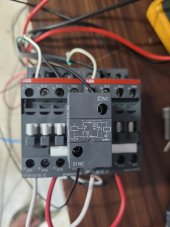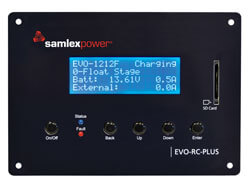scottnichol
New Member
- Joined
- Nov 4, 2021
- Messages
- 19
Hey Everyone:
I've got a small system I put together more or less as an experiment to power some gear in my office and learn about setting up solar systems. It consists of 4x100W panels, Renogy 40A charge controller going into a 200Ah battery that's tied to a 2000W inverter. Pretty standard setup. And right now in order to use the energy being stored in the battery, I've got to plug in the power strip with my laptop, monitors and a couple other accessories into the inverter and turn on the inverter.
What I'd like to do is have some kind of automatic transfer switch that can use the battery until it falls below a given voltage, then switch to AC power. I did a google search and landed on this video explainer:
This is the product being featured and it looks like precisely the solution I was looking for.
MOES Dual Power Controller 50A 5500 Watt Automatic Transfer Switch
Has anyone had any experience with this gear? Is it reliable? Are there other alternatives to consider?
Thanks in advance!
scott nichol
I've got a small system I put together more or less as an experiment to power some gear in my office and learn about setting up solar systems. It consists of 4x100W panels, Renogy 40A charge controller going into a 200Ah battery that's tied to a 2000W inverter. Pretty standard setup. And right now in order to use the energy being stored in the battery, I've got to plug in the power strip with my laptop, monitors and a couple other accessories into the inverter and turn on the inverter.
What I'd like to do is have some kind of automatic transfer switch that can use the battery until it falls below a given voltage, then switch to AC power. I did a google search and landed on this video explainer:
This is the product being featured and it looks like precisely the solution I was looking for.
MOES Dual Power Controller 50A 5500 Watt Automatic Transfer Switch
Has anyone had any experience with this gear? Is it reliable? Are there other alternatives to consider?
Thanks in advance!
scott nichol
Last edited:







